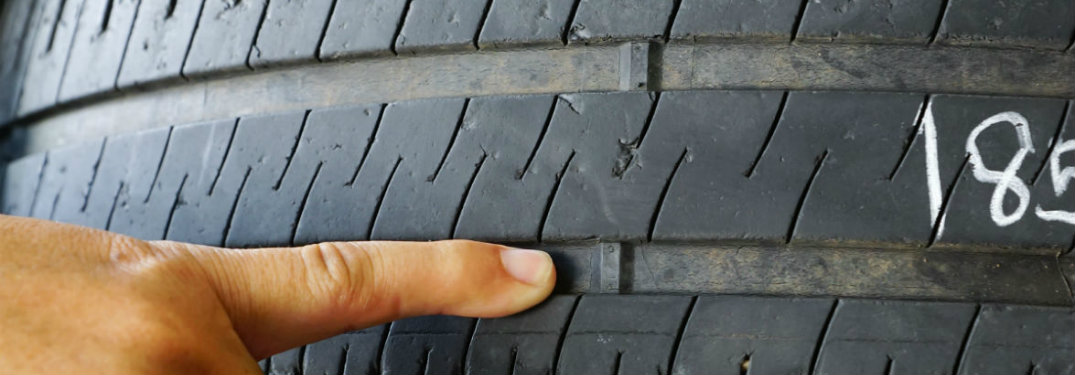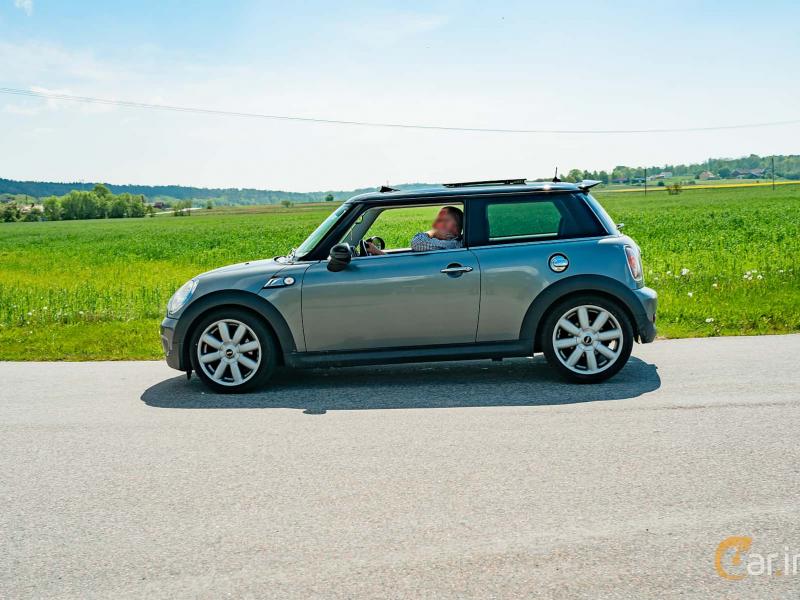When to Replace Tires and How to Extend their Life
Fri, 08/31/2012 - 11:54
Tires are a vehicle’s reaction point to the road surface. They are the final link in the driver’s chain of commands. There are different circumstances that would make it necessary to replace your tires.
Mileage. Normal wear and tear on a tire wears down its tread. Sometimes this wear is uniform across the treads and sometimes it is not. In any event, it would be time to replace the tire if any tread depth was less than one-sixteenth of an inch. The “dime rule” can be used to make this measurement. Place a dime in the groove of the most worn-down tread, with FDR’s head pointed toward the tire. Look from the side to see if the top of the head is visible. If it is, the tread of the tire has worn down past its limit and the tire cannot perform effectively on both dry and wet surfaces. In rain, the ability to disperse water away from the tire will be compromised and hydroplaning (when the tire loses contact with the road surface and skims over the water) will occur.
Tread wear indicators (bars) are constructed into the tread of the tires. These eight bars of rubber are evenly spaced every 45 degrees around the circumference of your tire. When you notice a solid patch across the tread of your tire in a few locations, your tire has worn out to the point that it should be replaced.
If the cords of the tire are showing, replace the tire immediately, as this condition can lead to a blowout.
Sidewall bulge (bubble). Bulges in the sidewall of a tire are a result of a torn belt in the tire’s construction, usually due to a severe pothole or hitting a curb. They occur when your wheel goes into a pothole and the tire’s walls are compressed between the pothole and the rim. This impact pinches the side-wall, causing it to tear, and the air pressure in the tire pushes outward, creating a bulge similar to an aneurysm. Bulging side-walls can lead to blowouts, so replace the tire.
Cupping or flat spots. When your tires’ treads begin to look like the wheels on the Flintstones’ car, they should be replaced. Cupping or flat spots occur when the tire bounces excessively, usually due to faulty shocks or struts. Parking the car in one spot for an extended amount of time can also cause flat spots. Whenever the tire’s tread surface becomes uneven and not true to round, replace the tire.
Warping. Warping of the tire occurs when its inner belts shift or bend. A rolling tire will wobble, causing the steering wheel to wobble back and forth, especially at slow speeds.
Dry rot. Dry rot occurs when the rubber of the tire dries out due to age and the elements. When cracks become visible on either side of the tire, it is time to replace it.
Gouges. Every time you parallel park, you run the risk of scraping or gouging your tire’s sidewall. Minor scrapes will not compromise the integrity of your tire, but deep tears or gouges will. What you should know when you buy new tires:
High-performance tires. Some vehicles come standard with these. Like all tires, they come identified with a speed rating letter ranging from G (56 mph) to Z (149+ mph). Be sure to replace your tire with the proper speed-rated tire. You can, however, upgrade to a higher speed rating. The higher the speed rating, the better that tire can handle high speed and high heat conditions.
Low-profile tires. These have sidewalls that are short in comparison to the width of the tire. A tire that has a size of 225/40/16 has a sidewall that is only 40 percent of the width of the tire. They fit on wheels that are larger in diameter and so a low-profile tire is needed to accommodate for the oversize wheel. One would purchase low-profile tires because they have better handling around sharp turns since they bounce less, and because many people prefer the look of larger than stock (original) wheels. The downside of low-profile tires is that they give a harsher ride and offer less protection to the rim from potholes, making not only the rim more vulnerable to bending but themselves more susceptible to bulges. Also, they do not perform well in the snow.

[{"target_id":"256372","alt":null,"title":null,"width":"1075","height":"375","url":"\/sites\/default\/files\/articles-images\/83\/Finger-Pointing-At-Tire-Treadwear-indicator1_b.jpg"},{"target_id":"256373","alt":null,"title":null,"width":"1728","height":"2754","url":"\/sites\/default\/files\/articles-images\/48\/when-to-replace-tires-and-how-to-extend-their-life.png"}]




